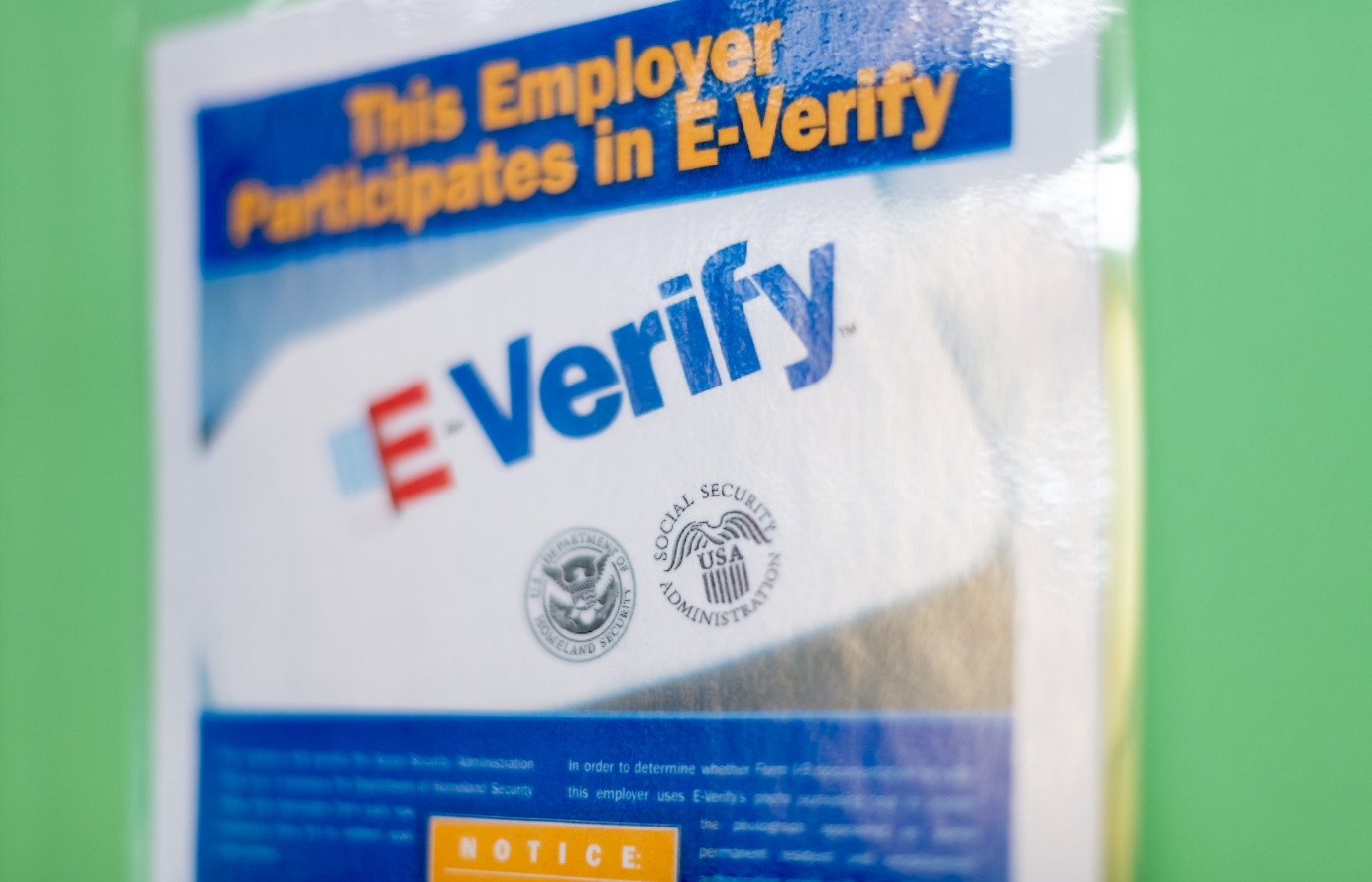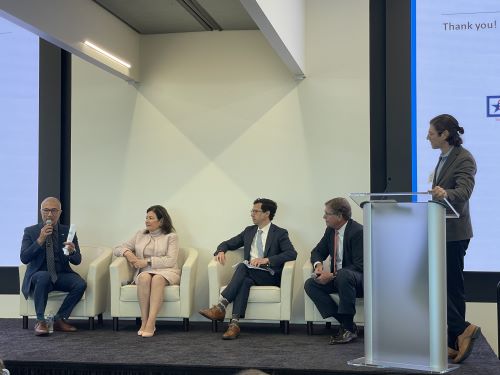Three Ways to Improve Employment-Based Green Cards
Three ways to improve the legal immigration system that don’t require trust between Congress and the president
 Speaker of the House Paul Ryan (R-Wis.) has already tweeted that he won’t pursue immigration reform while President Obama is in office. Ryan does not trust the president to enforce an amnesty or partial legalization for unauthorized immigrants. But that does not preclude improving the legal immigration system for other workers. Below are three ways to improve the legal immigration system that don’t require trust between Congress and the president.
Speaker of the House Paul Ryan (R-Wis.) has already tweeted that he won’t pursue immigration reform while President Obama is in office. Ryan does not trust the president to enforce an amnesty or partial legalization for unauthorized immigrants. But that does not preclude improving the legal immigration system for other workers. Below are three ways to improve the legal immigration system that don’t require trust between Congress and the president.
1. Remove per-country caps for employment-based (EB) green cards. Only 7 percent of employment-based green cards can go to immigrants from any one country. As a result, workers from big countries like India have wait times that are over a decade long while those from smaller countries can enter without much of a wait. What is the purpose of discriminating against immigrants based on the population of their country? Nobody knows.
A bill introduced by Reps. Jason Chaffetz (R-Utah), Raúl Labrador (R-Idaho) and Zoe Lofgren (D-Calif.), the Fairness for High Skilled Immigrant Act (H.R. 213), would phase out that 7 percent cap and treat immigrants the same regardless of their country of origin. The effect would be to shorten the wait time for a green card. Although H.R. 213 won’t increase the number of skilled workers who can come to the United States annually, it would at least make the green card system more predictable and less discriminatory.
2. Exempt so-called “adjustments of status” from the 140,000 annual green card cap. Those who earned a green card while living in the United States on another visa should not be included in the annual cap on green cards. Most immigrants who earn an EB green card — 87 percent in 2013 — were already living in the United States. Exempting them from the cap would almost double the number of total EB green cards issued each year. A more moderate proposal would be to exempt 20,000 adjustments of status from the EB green card cap annually, just like 20,000 foreign graduates of American universities are exempted from the H-1B visa’s 65,000 annual cap.
Other visas — like the H-1B for temporary skilled migrants — are a feeder system for the EB green card. Firms file green card applications for workers they like either as an inducement to stay or after they’ve “proven” their worth. That can take a decade and the downsides to H-1B workers are enormous. They can’t change jobs easily, start their own firms or negotiate with their employers. As a result, workers who can finally leave the H-1B and earn an EB green card can expect large wage gains — around $12,000 on average.
Wages are lower for H-1B employees because their bargaining power and, mainly, productivity are held back by the complex visa rules and labor market regulations that prevent them from maximizing their value. Freed from those regulations, EB green card workers tend to outproduce H-1B workers. Exempting H-1Bs and other legal migrants from the EB green card’s numerical cap will deregulate the workplaces for hundreds of thousands of workers and increase their wages. There aren’t too many small regulatory changes you say that about.
3. Only count the actual workers on an EB green card against the numerical cap. In 2013, 53 percent of EB green cards actually went to the family members of the primary workers, not to the workers themselves. This might seem like an arbitrary bureaucratic rule unintended by Congress, but allowing a green card for workers to be used entirely by workers should be obvious.
Setting aside EB green cards to workers only doesn’t mean that immediate family members like children and spouses should be excluded from the United States. They should either fit in the family sponsored-immigration system or, preferably, be exempted from quotas entirely. This reform would double the number of EB green card workers.
Rutgers law professor Elizabeth Hull wrote that immigration laws are “second only to the Internal Revenue Code in complexity.” They’re close in terms of restrictiveness, too. The three small legal changes I outlined above streamline and expand the EB green card system. And you don’t need a massive reform bill for the president to sign to do it.








